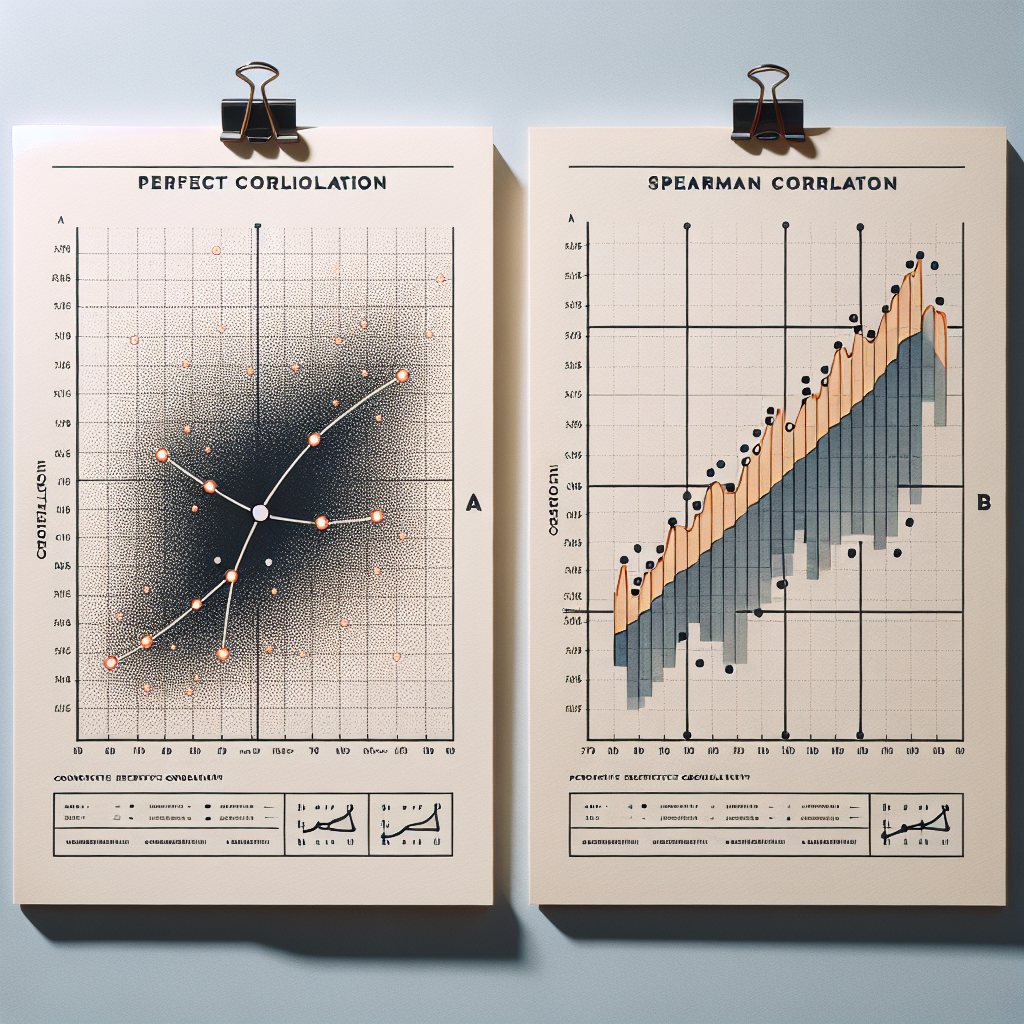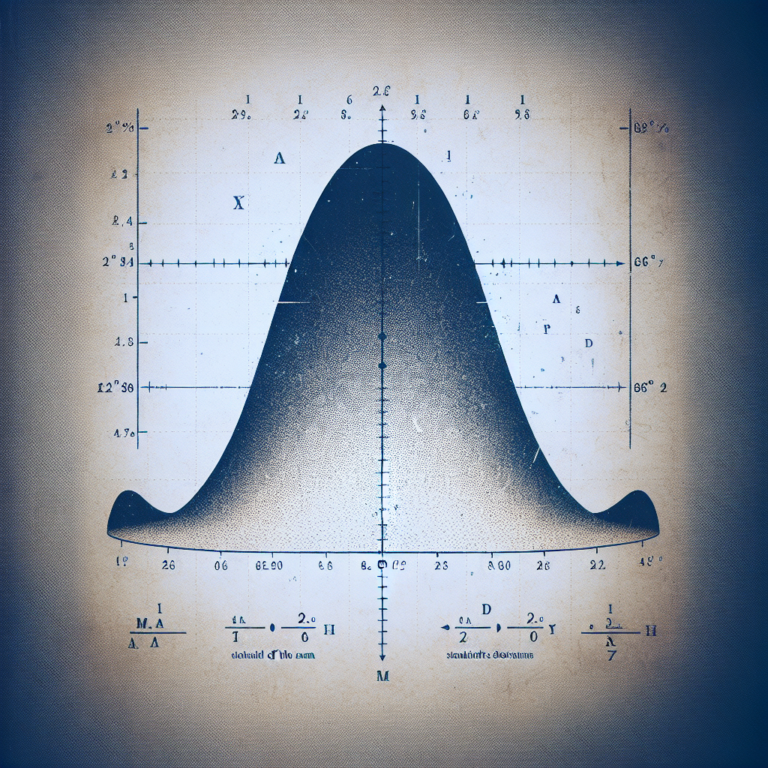Statistical analysis is more than just numbers—it’s a pathway to discovering patterns, making evidence-based decisions, and improving the quality of research outcomes. In this article by StatisMed, we break down the key differences between Spearman vs Pearson correlation, helping researchers, clinicians, and analysts select the appropriate test for their data and research questions.
Table of Contents
What Is Correlation in Statistics?
Correlation is a statistical measure that describes the relationship between two variables. It indicates the strength and direction of the association, helping researchers understand how variables move together. Two commonly used correlation coefficients are:
-
Spearman Rank Correlation
-
Pearson Correlation
Choosing between Spearman vs Pearson correlation depends on the data type, distribution, and the nature of the relationship between variables.
What Is Spearman Rank Correlation?
Spearman correlation, developed by Charles Spearman, is a non-parametric test that evaluates the strength and direction of the monotonic relationship between two variables based on their ranks rather than their actual values.
Key Features:
-
Best for ordinal or ranked data.
-
Makes no assumption of normality or linearity.
-
More robust to outliers.
-
Values range from -1 to 1.
This makes Spearman an ideal choice when dealing with non-linear patterns or skewed datasets.
What Is Pearson Correlation?
Pearson correlation, introduced by Karl Pearson, measures the linear relationship between two continuous variables. It assumes the data are normally distributed and calculates correlation based on actual numerical values.
Key Features:
-
Suitable for interval or ratio data.
-
Assumes a linear relationship and normal distribution.
-
Sensitive to outliers.
-
Coefficient also ranges from -1 to 1.
Pearson is the preferred method when working with symmetrical, well-behaved data distributions.
Spearman vs Pearson Correlation: Key Differences
| Feature | Spearman Correlation | Pearson Correlation |
|---|---|---|
| Assumptions | No normality or linearity required | Assumes linearity and normal distribution |
| Data Type | Ordinal or ranked data | Interval or ratio data |
| Robustness | Resistant to outliers | Sensitive to outliers |
| Calculation | Based on ranks | Based on raw values |
| Relationship Type | Monotonic | Linear |
Understanding these distinctions is essential for choosing the correct method when comparing variables in medical or research datasets.
When to Use Spearman vs Pearson Correlation?
Choosing between Spearman vs Pearson correlation depends on your data characteristics:
-
Use Spearman when:
-
The relationship is non-linear
-
Data are ordinal, ranked, or not normally distributed
-
There are outliers present
-
-
Use Pearson when:
-
The relationship is linear
-
Data are continuous and normally distributed
-
You want to measure exact linear strength
-
Still unsure which method to choose? Let StatisMed help you decide with expert guidance and tailored analysis.
Why Choose StatisMed for Correlation Analysis?
In a data-driven medical world, StatisMed provides precise, evidence-based statistical solutions for healthcare researchers and practitioners. Our strengths include:
-
A team of biostatistics experts familiar with clinical and epidemiological data
-
Use of validated statistical methods for accurate outcomes
-
Reports that are clear, actionable, and publication-ready
-
Customized support for each project, regardless of complexity
-
Fast turnaround times without compromising quality
Whether you’re comparing clinical measurements, survey results, or laboratory data, our team ensures the correct correlation method is applied for trustworthy results.
Conclusion
The debate of Spearman vs Pearson correlation is not about which is better, but about which is more appropriate. Each method serves a specific purpose, and choosing the right one can significantly influence the reliability of your statistical findings.
Trust StatisMed to guide you through the nuances of correlation analysis with accuracy and expertise.
❓ Frequently Asked Questions
Spearman uses ranked data and is non-parametric, while Pearson uses raw values and assumes linearity and normality.
It’s not recommended. In such cases, Spearman correlation provides more accurate insights.
StatisMed utilizes advanced statistical tools such as R, SPSS, and Python to run Spearman and Pearson correlations and other inferential tests accurately. What is the main difference between Spearman and Pearson correlation?
Can I use Pearson correlation with skewed data?
What tools does StatisMed use for correlation analysis?





